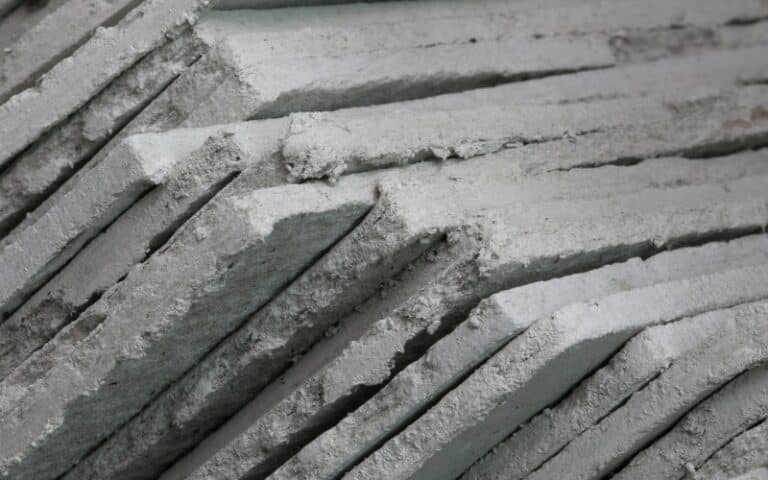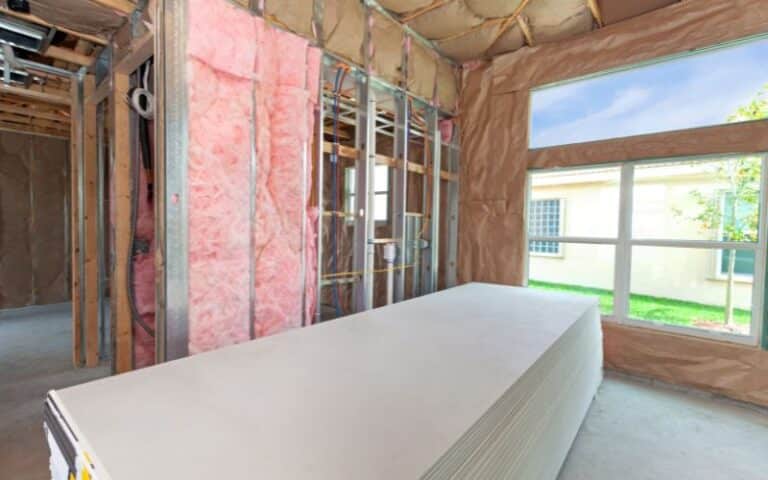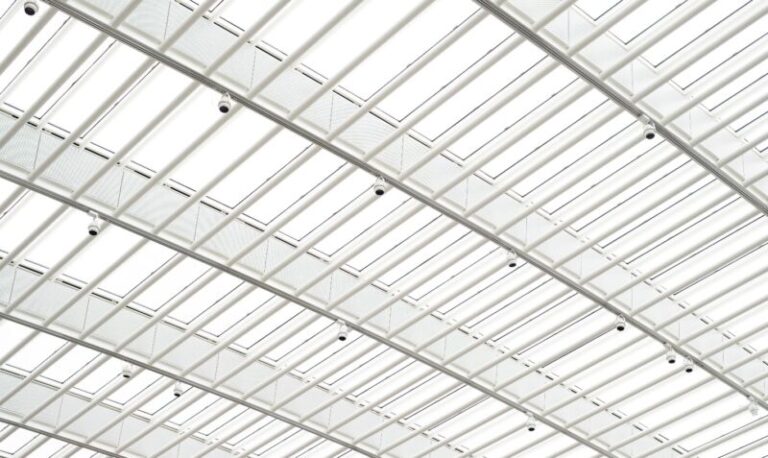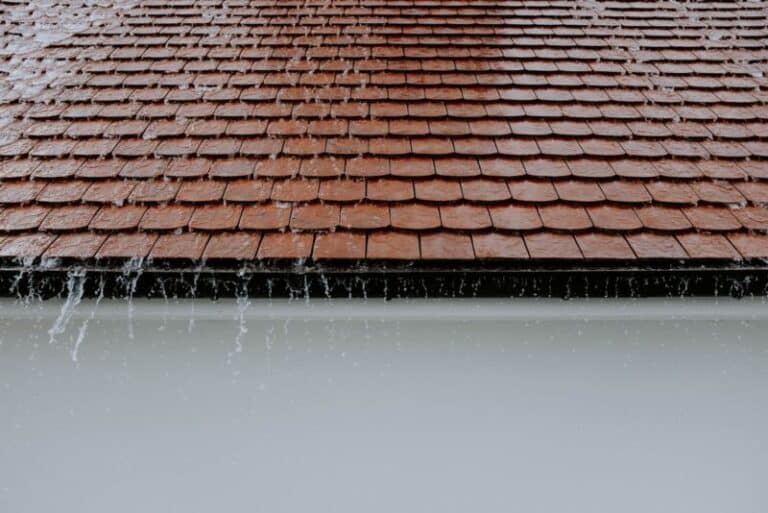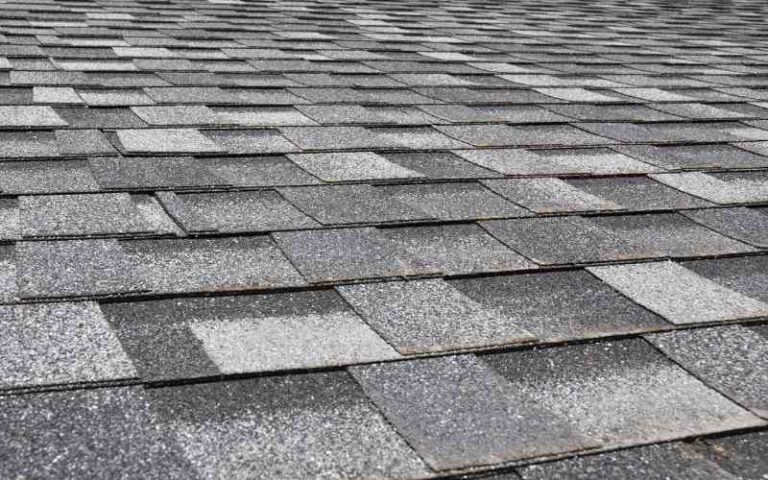Outdoor Air Conditioner units can become inefficient if you do not install them properly. Placing obstructions close to the appliance can hinder airflow through the compressor unit.
Consequently, obstructing all sides of the air conditioning unit can shorten its lifespan and increase the operation cost. Which brings us to the question, Can you put a roof over your air conditioner?
You can build a roof over your air conditioner. However, there should be a space of 60 inches between the roofing and the top of the air conditioner unit. It ensures a good flow of air around the air conditioning unit and increases the appliance efficiency. Moreover, consult your appliance manual for a more accurate guideline.
Ready for a Roofing Quiz?
Ready for a Drywall Quiz?
Can You Put a Roof Over Your AC Unit?

You can place a roof over your unit. However, ensure adequate spacing between the roofing and the top of the condensing unit.
Apart from keeping enough space at the top, make sure there is a good clearance on the other sides of the air conditioner unit. According to most manufacturers, you should have a vertical spacing of 60 inches.
If there is little or no clearance, especially above the unit, the air conditioner will work harder. It will consequently cause the air conditioner to become inefficient, increase wear and consume more energy.
The clearance above and around the sides of your outdoor air conditioning unit can affect its performance and longevity. That’s why you should ensure adequate spacing around the AC unit.
Proper spacing around the clearances around your outdoor air conditioner unit will help ensure an efficient and longer-lasting unit.
How Much Clearance Do You Need Above an Air Conditioner?
According to most manufacturer manuals, the required clearance above an air conditioner is about 60 inches. It allows a free and adequate flow of air around the AC unit.
The air temperature outside the air conditioning unit should be higher than its surrounding air.
However, if the clearance above the unit is inadequate, the condensing unit will absorb more heat, consequently reducing its efficiency.
Moreover, if your air conditioner unit consumes more energy than necessary, it will damage quickly, increasing its repair cost.
Furthermore, enough clearance around the cooling appliance will allow technicians easy access to the air conditioner unit during repairs.
Therefore, if you will be adding roofing or any other obstructions to the sides of your AC unit, ensure there is adequate spacing around the unit.
Most importantly, the obstruction material at the sides or over your air conditioning unit will also determine the amount of clearance.
If the material is air permeable, you may not need so much air clearance as air can move through the obstruction.
However, if the barrier around the air conditioner is solid, you should leave sufficient air clearance for air transfer through and around the cooling unit.
An Air conditioner unit’s performance depends on adequate heat dispersal because it uses outside air to cool the unit.
It is done by obtaining fresh air through side grilles, passing it through the condenser coil, expelling it from the top vertically, and opening for air throughout the unit.
Overhanging structures can interfere with the circulation of air within the unit, which can cause reduced efficiency and affect the service life of the air conditioning unit.
How To Place Roof Above Air Conditioner?
Installing roofing structures over your air conditioner can protect it from direct sunlight and other harsh weather conditions. These are some steps to build a roof over your unit.
To build a roof over your air conditioner:
- Measure, mark, and cut six inches of two-foot-long treated pieces of two-by-fours.
- Select one board from each pair of three boards and set it aside as the back piece.
- Use a saw or a saw set to cut the edge at a 30° angle for the other set parts. One of the boards should be shorter than the other. Use a three-inch screw to hold the edges together until it’s triangular. Repeat this for the other boards.
- For the center support of the roof, cut out two 34-inch boards.
- With the measuring tape, mark out 17 inches of space on both sides, and start the measurement horizontally from the center of the air conditioner.
- Place one of the triangular pieces on one end, two inches from your marked spot, and screw it in with the screwdriver. Repeat this for the other set. Ensure it is rigid against the wall and both pieces are on an equal level.
- Place the 34-inch boards horizontally on both ends of the triangular structure. Make sure it is well balanced in the middle of the board pieces and screw it in place.
- Get your metal roof sheet and mark out the size you require. Then, use the angle grinder to cut out the marked roofing.
- Place the metal sheet above the support boards and screw it tightly. Seal the space between the edge of the metal sheet and the wall with caulking to prevent leakages.
Where Else Can I Place My Air Conditioner?
You can put your air conditioning unit in different places, but it depends on the kind of house you stay in.
For apartments, balconies and rooftops are preferred locations in homes, on the walls, and on the ground.
#1. Placing on The Roof
The roof is a common mounting spot for complex buildings and apartments. Using rubber pads, you can attach the Air conditioning unit to the roof base.
In addition, the rubber pads help reduce the vibration of the compressor.
#1. Pros
- Reduces the sound coming from your air conditioner unit.
- During repairs, it can keep obstructions away from your room or office.
- There will be no leakage from the condenser unit, and creating a mess outside your home or office is impossible.
#2. Cons
- Standing water from the condenser can weaken your roof membrane.
- Since it is out of sight, you may not constantly maintain it, leaving puddling spots from the condenser on the roof, which can damage the roofing materials.
#2. Placing It on The Balcony
This location is another popular spot for keeping outdoor air conditioning units. You will need a mounting bracket to attach to the wall.
It is a good spot for apartments with balconies because it naturally provides shade for the air conditioner. If your room is between the first to the fourth floor, your balcony is a better spot for your AC unit than the roof.
Ensure to use bird spikes to keep your cooling unit from damage and dirt from birds.
#1. Pros
- It is easy to install since it is on a flat surface.
- It provides shade for your air conditioner.
#2. Cons
- The heat from the external air conditioner unit may affect the room glazing.
- The noise pollution from the compressor may be too much and could be disturbing.
#3. Placing on The Side of The Building
This position is common when there is no balcony or flat rooftop. You should install the exterior unit on the low part of the wall for accessibility during maintenance.
#1. Pros
- You can add decorations and structures to your home without worrying about how to move the unit.
- It is also a better option if there is no space to install the unit on the ground, the roof, or the balcony.
#2. Cons
- If you did not install the brackets properly, it might damage the air conditioner.
- The wall you will be installing it on should be strong enough to carry the brackets and external unit.
Conclusion
Putting a roof over your unit is ideal for protecting your air conditioner unit from harsh weather conditions. The roofing will keep its efficiency at optimum.
You could also keep your air cooler on a balcony to provide shade for your air conditioner. Ensure to consult your manual for accurate information on your AC unit clearance.







